Published in the Sunday Indian Express on 03 August 2025
Sometimes, a place reveals its soul not all at once, but through quiet stories and unexpected turns.
I have visited Sydney more than once, and each time, I have walked away with something new. At first glance, Sydney is a city of icons: the sail-like curves of the Opera House, the steel arch of the Harbour Bridge, and ferries slicing across Circular Quay. But stay a little longer, walk its coastlines, listen to its voices, explore beyond its postcards, and the city starts revealing its deeper self.
Because, as I always keep saying, travel isn’t just about what we see. It’s about what a place tells us when we slow down and let it speak. Sydney, without a doubt, speaks. In today’s piece, I want to share four stories. Stories that stayed with me, some that surprised me, others that made me stop and look again. These are the reasons Sydney is more than a stop on a map. It’s a city that lingers.
The Ocean Pools of Sydney
The first time I saw an ocean pool in Sydney, I had to pause and do a double-take. It resembled a swimming pool, but it wasn’t tucked behind a gym or a luxury hotel. It clung to the rocky edge of the coast, open to the sky, filled with seawater, and just metres away from the crashing Pacific waves.
No entry fee. No fanfare. Just locals doing laps, as if this were the most ordinary thing in the world. And that’s when I realised: this is a very Sydney thing.
So what exactly is an ocean pool? Simply put, it’s a man-made pool built right along the coast and filled naturally by the sea. Instead of chlorine and tiles, you get rock walls, natural seawater, and an ever-present soundtrack of crashing waves.
Some have ladders, others natural steps, but all let you experience the ocean, without being at the mercy of its tides, rips, or marine life. There are more than 30 such ocean pools dotted along Sydney’s coastline, some tucked below cliffs, others right next to popular beaches like Bondi and Coogee.
Many of them were built in the early 20th century to provide a safer way for locals to enjoy the ocean, especially when conditions were too rough for swimming or surfing. But over time, these pools have become a part of the city’s coastal identity.
Locals go for early morning swims, tourists discover them during coastal walks, and photographers show up at sunrise to capture that perfect shot of pool, sea, and sky merging together.
Let me put it this way. In a world of rooftop infinity pools and high-design spas, Sydney’s ocean pools stand out for the opposite reason: they are humble, functional, and beautifully tied to nature.
An Icon That Almost Didn’t Happen
If you have read my columns or listened to our podcast Travel Explore Celebrate Life, you know how much I love stories behind iconic places, and few are as fascinating as the one behind the Sydney Opera House.
Today, it’s one of the world’s most recognisable buildings. When you first lay eyes on it, the building almost feels like a miracle. Its sculptural white sails seem to rise out of the harbour like a vision. But rewind to 1957, and you will find that its very existence hung by a thread. The Opera House as we know it almost never came to be.
That year, the New South Wales government launched an international design competition for a new performing arts centre. Among more than 230 submissions was a radical sketch by a relatively unknown Danish architect, Jørn Utzon. His design, bold, unfinished, more a concept than a blueprint, was initially discarded. It didn’t even make the shortlist.
But fate intervened. One of the judges, legendary Finnish-American architect Eero Saarinen, arrived late to the jury process. Unimpressed by the shortlisted entries, he asked to see the rejected pile. When he saw Utzon’s sketch, he was captivated. Saarinen persuaded the panel to reconsider, and in that very moment, the trajectory of Sydney’s future changed.
Construction, however, was anything but smooth. Technical challenges, political interference, and budget blowouts plagued the project. Utzon eventually resigned and left Australia before the Opera House was completed. He never returned to see it finished.
Yet when the Opera House finally opened in 1973, it became not just a landmark, but a symbol. Of vision, of risk, of design that dares to dream. In 2003, three decades after leaving the project, Utzon was awarded the Pritzker Prize, architecture’s highest honour, and the Opera House was officially recognised as one of the greatest buildings of the 20th century.
Today, the Sydney Opera House is a cultural powerhouse. From ballet to theatre, opera to community festivals, it welcomes over 1 crore visitors a year and stands as a proud emblem of Australia’s creative spirit.
How Can Mountains Be Blue?
Just a couple of hours west of Sydney lies one of Australia’s most iconic landscapes: the Blue Mountains. With their dramatic sandstone cliffs, forested valleys, and sweeping lookouts, they have drawn travellers, photographers, and day-trippers for generations.
But ask anyone seeing them for the first time, and they will often have the same question: why do they look so blue? The name sounds almost poetic, but the explanation is surprisingly scientific.
It all comes down to eucalyptus trees. The Blue Mountains are densely blanketed with eucalyptus forests. On warm days, these trees release tiny droplets of oil into the atmosphere. When those oil particles mix with sunlight, water vapour, and dust, they scatter short-wave rays of light, mostly blue.
It’s a natural optical illusion caused by Rayleigh scattering, the same effect that makes the sky appear blue. Only here, it bathes the entire mountain range in a soft, misty haze. This isn’t just a recent scientific discovery. Early European settlers noticed the hue long before they understood what caused it. In fact, in the early 1800s, the Blue Mountains were viewed not just as beautiful, but as formidable. Their steep ridges and dense forests formed a natural barrier to inland expansion from the coast.
It wasn’t until 1813 that explorers Blaxland, Lawson, and Wentworth managed to cross the range. That crossing became a defining moment in Australia’s colonial history, opening up the interior for agriculture, settlement, and eventually, the rail line that still climbs the ridges today.
Today, the Blue Mountains are listed as a UNESCO World Heritage Site and remain a popular day trip or weekend retreat from Sydney. Whether it’s your first glimpse of the Three Sisters rock formation at Echo Point or the descent into the Jamison Valley on the Scenic Railway (the steepest passenger railway in the world), there’s a cinematic quality to the landscape that’s hard to forget.
New Year’s Eve Fireworks
There are New Year’s Eve fireworks - and then there’s Sydney.
Every year, as the clock ticks toward midnight on December 31st, all eyes turn to Sydney Harbour. And for good reason. It’s one of the first major cities in the world to ring in the New Year, and what follows is nothing short of spectacular.
What makes Sydney’s celebration so special isn’t just the scale, it’s the setting. The fireworks erupt over the Harbour Bridge, reflect off the water, and frame the Opera House in a way that feels almost cinematic.
It’s a display that doesn’t rely on just noise and colour; it’s choreography, precision, and spectacle rolled into one. More than 10 lakh people gather around the harbour every year, with many arriving hours (even days) in advance just to secure the best viewing spot.
Even those watching from across the world, whether on television or online, often feel they have just witnessed the planet turn a page. Sydney’s fireworks don’t just mark a new year; they set the tone for it.
But it isn’t only about the midnight show. The city puts on a full day of celebrations: air shows, light projections, local Indigenous ceremonies, and even a 9 PM ‘family fireworks’ display for younger audiences. The midnight moment itself is often synced with music and stories reflecting Australia’s heritage and spirit.
For many, experiencing New Year’s Eve in Sydney is a bucket list item, up there with seeing the Northern Lights or watching the cherry blossoms in Japan. Hotels fill up months in advance, harbour cruise spots are booked early, and people plan entire trips just to be in the city for that one night. And here’s the thing: it’s worth it.
So there you go. Sydney isn’t just a city you visit; Australia isn’t a country you tick off. It’s a place that stays with you. That’s it from me today. If you liked reading these stories, I am certain you will like my Know the Unknown and Travel, Explore, Celebrate Life podcast too! It’s filled with many such short stories. Until next time, keep Celebrating Life!











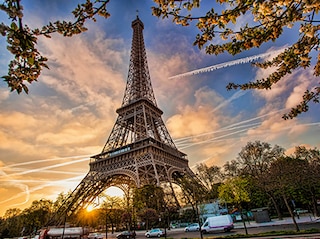
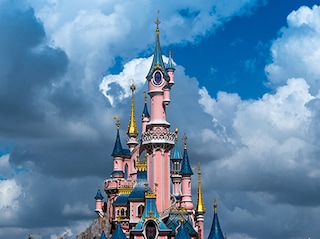
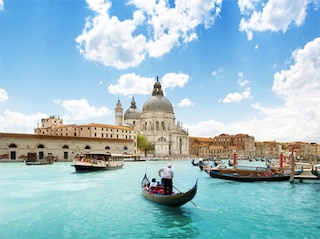
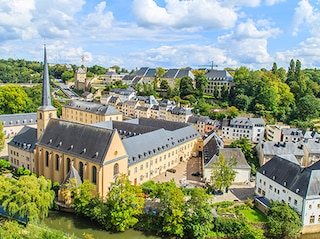
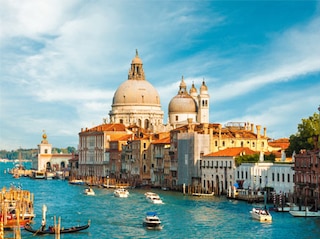



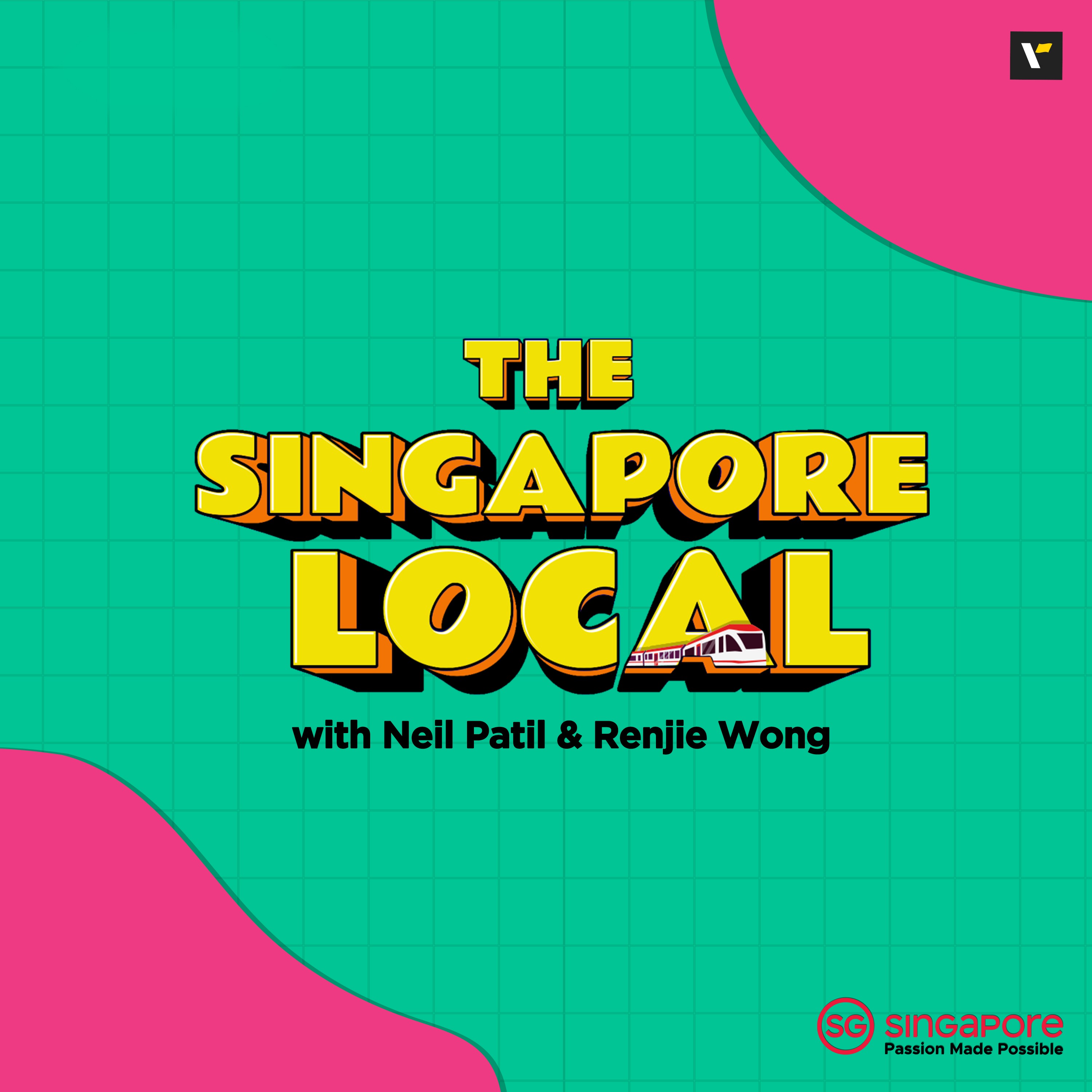










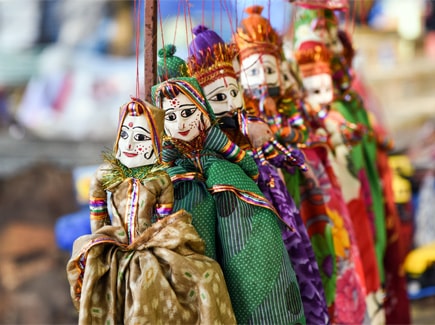
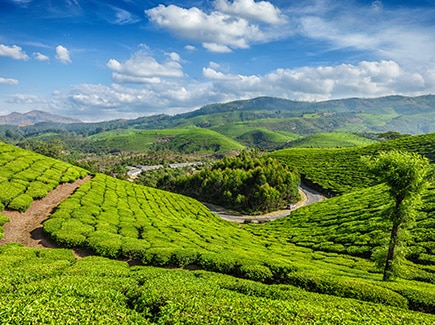
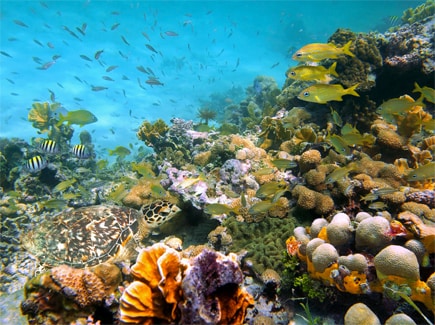
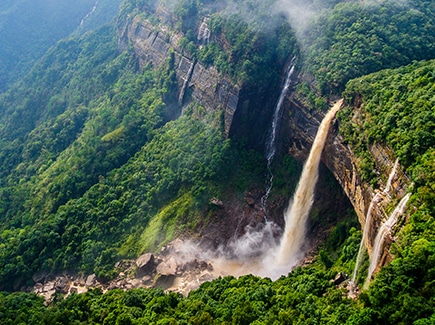
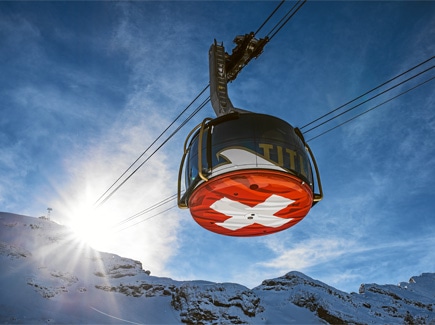
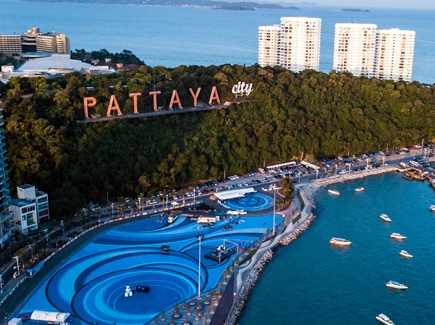
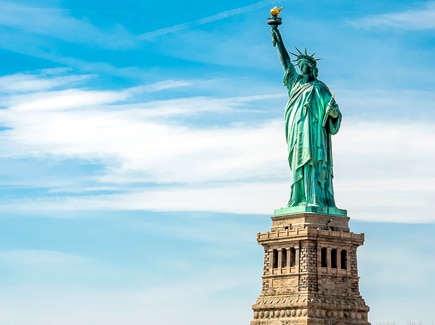
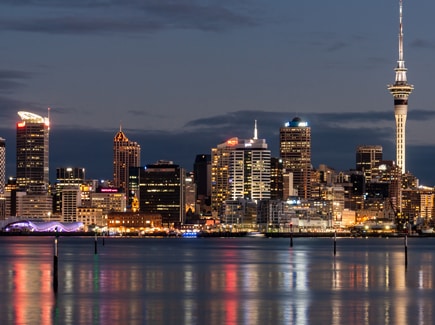


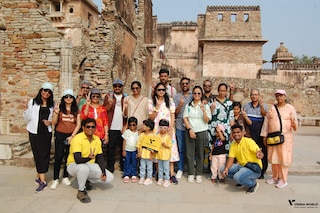

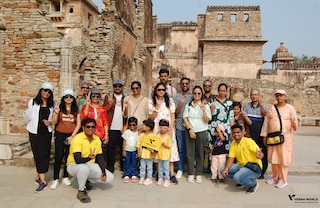
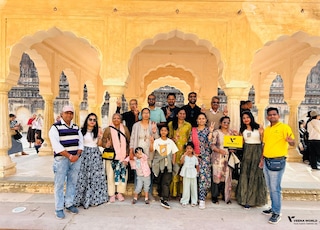
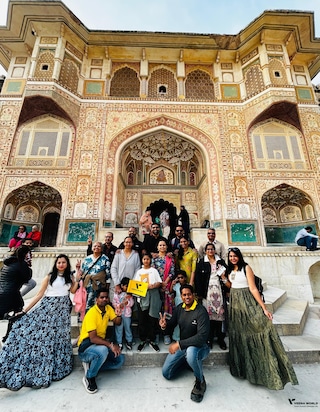


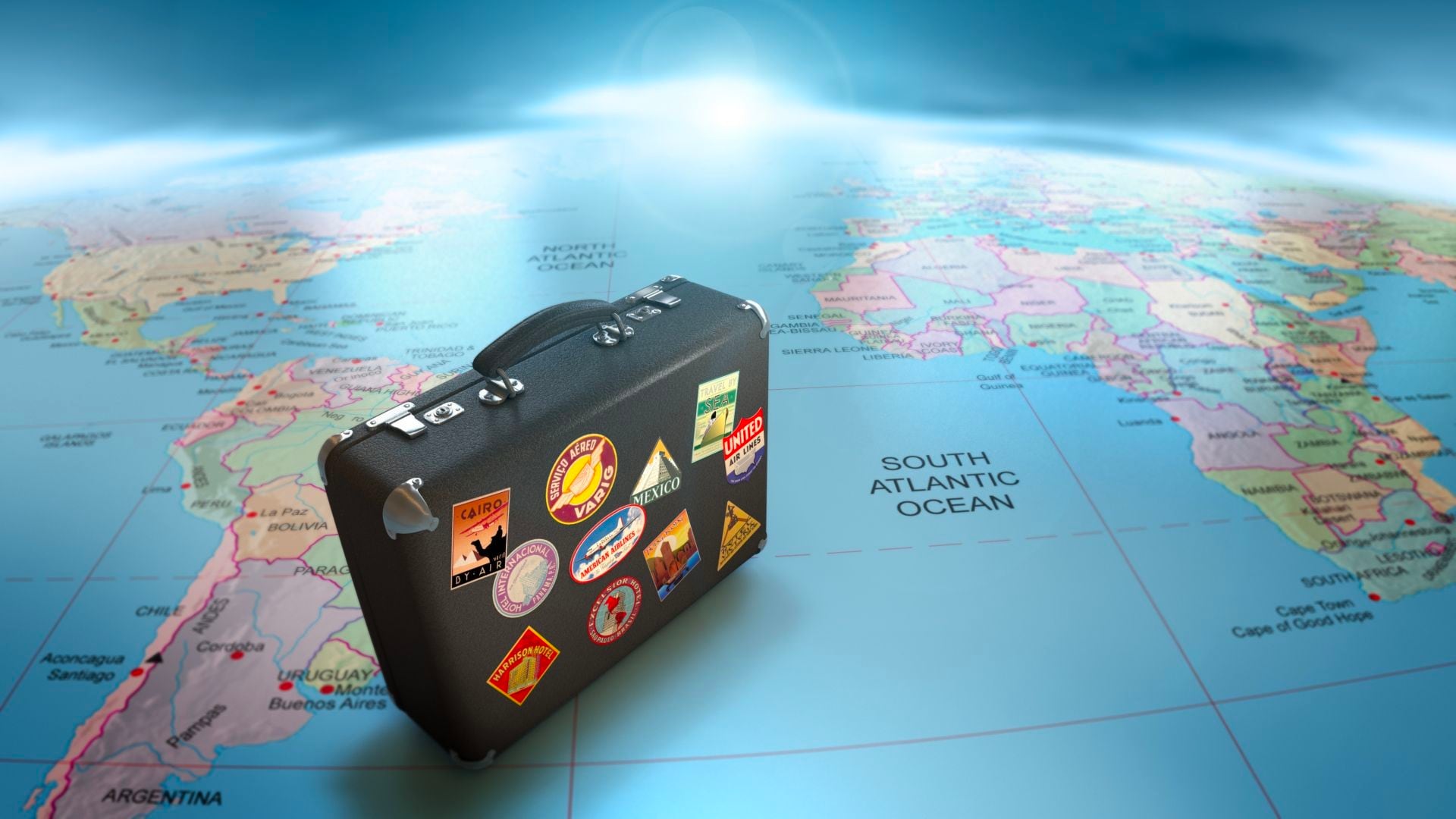

Post your Comment
Please let us know your thoughts on this story by leaving a comment.